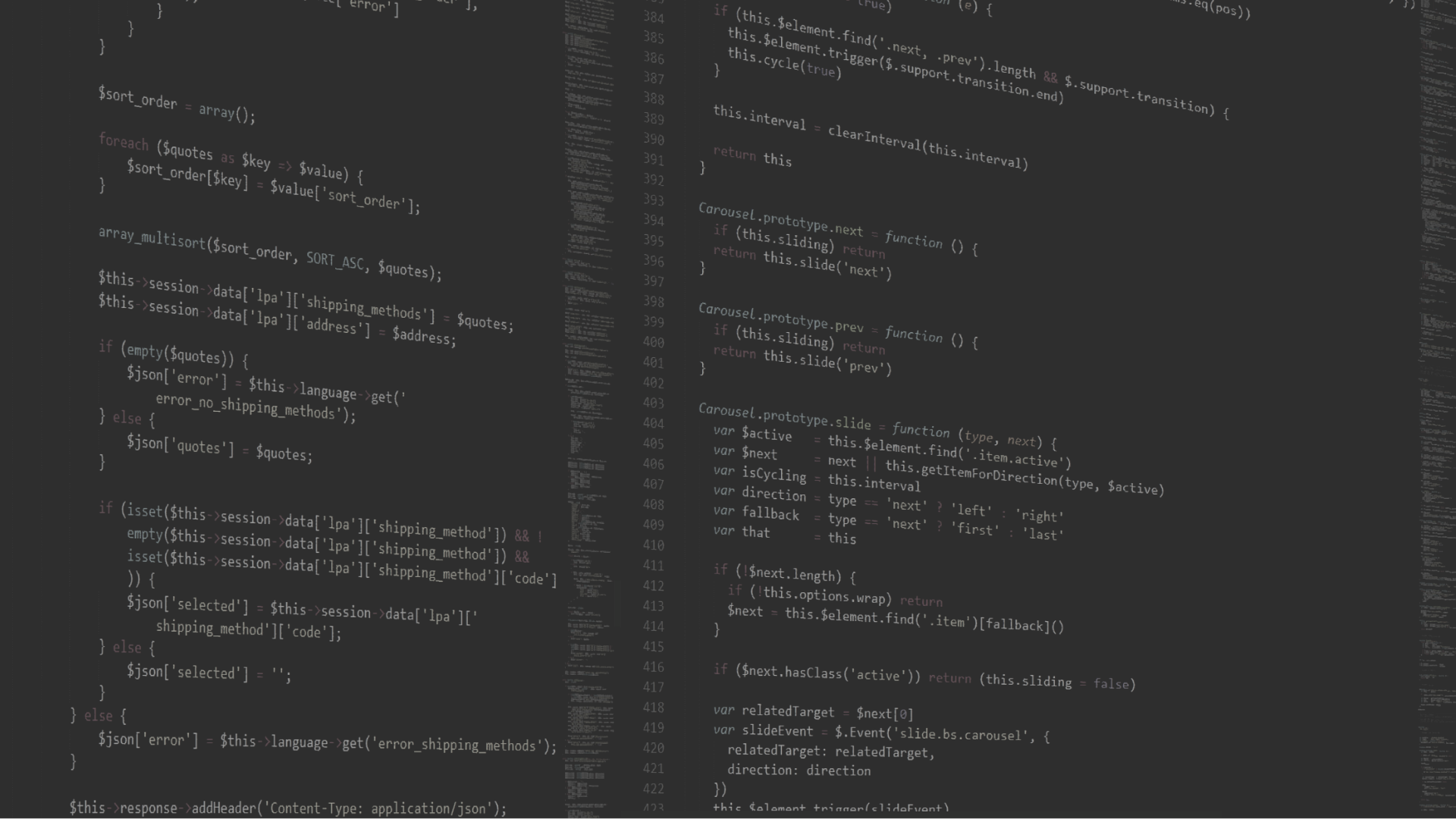
FAQ About R Guide for Beginners

What is R?
R programming language is mostly used for statistical calculations and their graphical representations.

How to print "Hello World" in R?
The print function can also be used in the R programming language. To print "Hello World", all that needs to be done is to use this function.
print("Hello World")
Also Hello World can be output by typing Hello World directly on the command line.

Is R or Python easier for beginners?
R can be a little more complex for first-time coding people. Python is much easier for beginners.

Why use R for data manipulation?
R is the first programming language that comes to mind, as it is an easier tool to use for data analysis and data visualization.
It stands out as it has many different libraries that can be used in data analysis and covers every subject in the field of statistics.
It also draws attention with the fact that many graphics such as histograms, pie charts, scatter plots can be used in data visualization.
Another good thing is that it is open source and free.

How to get started with R?
First of all, the program can be downloaded directly from their site. (https://cloud.r-project.org) You can download it from this link according to the operating system and processor type of your own computer.
R's own interface is a bit old and more difficult to use. So RStudio can be used to make things easier.

How to add comment line in R?
A comment line can be added by adding just one # symbol. To apply on more than one line, the same sign must be added to each line.

How to generate variables in R?
In order to generate a variable, <- these symbols are used. For example, let's create a variable named age and this variable takes the value 34.
age <- 34
Thus, when we type age in the command panel, we will get 34 as output.

What should be considered when naming variables in R?
Variable name in R cannot begin with a number or _(underscore) sign. If you started the variable's name with a period, it cannot continue with a digit.
Another important thing is that variables in R are case-sensitive.
For example, FAQAbout, FaqAbout and FAQABOUT are three different variables.

What are data types in R?
Numeric, integer, complex, character and logical are basic data types in R.
In R, the class() function is used to find out the type of data.
E.g;
x <- 3 + 9
class(x)
We will get "numeric" as the output we write these codes to the program.

How many operators are there in R?
Operators in R are grouped under 5 headings. These;
- Arithmetic operators
- Assignment operators
- Comparison operators
- Logical operators
- Miscellaneous operators
There are different operators in each title. The most important for the beginning is 'Arithmetic Operators'. These are arithmetic operators;
Addition(+), subtraction(-), multiplication(*), division(/), exponentiation(^), modulus(%%), and integer division(%/%).

What can be done with R?
The R programming language is a software used for statistical calculations and graphics. It is also referred to as a programming language.
The R programming language, which is generally used for analysis, visualization, graphical representation, data processing and cleaning, also has a wide range of uses.

How to install R software?
You can download and install the program suitable for your operating system from R's website. Versions are available for Linux, Mac OS and Windows operating systems.

What is R Studio and what does it do?
R-Studio is a multiplatform disk recovery suite with stable and actively supported versions for Windows, Mac and Linux. It has emerged to use the R programming language in an easier and more understandable way.
R-Studio for Windows, R-Studio for Mac and R-Studio for Linux are all disk recovery tools with the same performance and user-friendly interface.

What is the price of R?
R is free. As an open source project, you can use, access, review, and edit R at no cost.
You can download R free from its official website and install it on your computer.

What does R code mean?
R is a programming language developed by Ross Ihaka and Robert Gentleman in 1993 and has a comprehensive catalog of statistical and graphical methods. The Machine Learning algorithm includes linear regression, time series, statistical inference to name a few.
